Lifesaving prep for baby season – how to curate your animal’s hospital bag
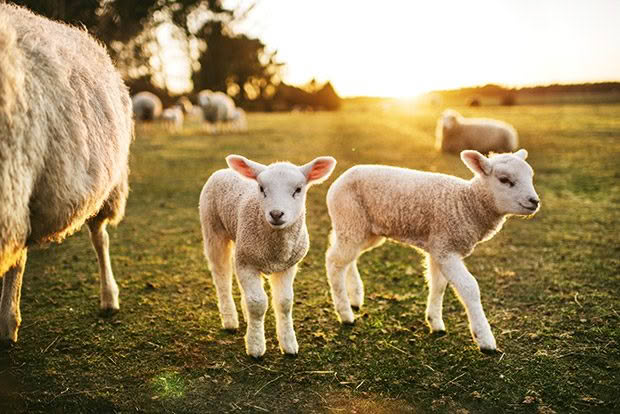
How to create a first aid kit to get you through labour this spring.
Words: Dr Sarah Clews, BVSc
Winter is the time vets and farmers emotionally prepare themselves for the onslaught of needy orphans. The arduous labours of ‘baby season’, whether it’s lambing, kidding, or calving, start this month and run through until September. One practical thing to prepare ahead of time is a first aid kit. A good one will help you handle labour, complicated pregnancies, sick or orphaned babies, and unforeseen trauma more smoothly.
As a large animal vet, I spend a lot of time on the road, so my ute is an easy-access first aid kit on wheels. It’s possible to transport smaller stock to hospital, but that’s usually not an option for large block livestock, so the ute’s contents are often lifesaving.
It’s a vet’s busiest time of year. This kit may help an animal while you’re waiting for them to arrive.
KETO-AID
An absolute must-have for pregnant sheep. You can give this sugary drench in the final stages of pregnancy to help a ewe with her energy requirements.
It helps prevent ‘twin lambing disease’ or ‘sleepy sickness’ which occurs when ewes can’t physically eat and digest enough food to provide nutrients to multiple lambs and the energy they need for their own bodily functions.
Keto-Aid works as a booster to stock that aren’t eating well, to mum’s after a difficult pregnancy, and to newborns that don’t drink quickly enough.
Note: Keto-Aid isn’t a complete nutritional supplement.
STARTER DRENCH
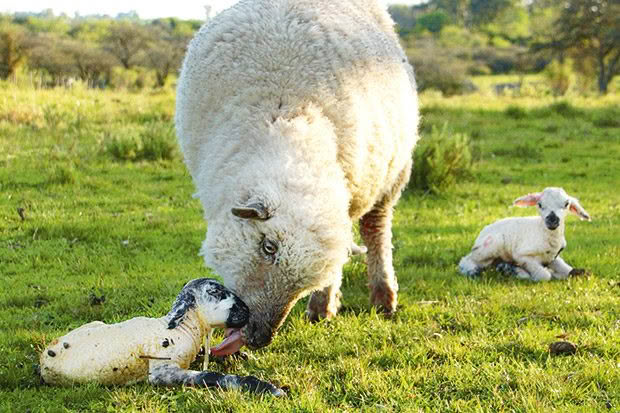
A starter drench is a nutritional supplement given to cows after calving and sheep after lambing. It’s a hefty dose of energy, calcium, magnesium, and other goodies which can drop to deathly low levels when mothers start to lactate. Although products are usually for a 500kg cow, you can divide by 10 to get a dose for a 50kg sheep. It’s good for animals that have had a long, challenging labour, that haven’t eaten for a while, or that you know are high milk producers and at increased risk of milk fever or grass staggers.
BUCKET
When going out to check on a labouring mother, take a bucket of hot (not scalding) water with you. Add disinfectant and use it to clean around the vulva before you insert your arm into an animal to avoid introducing nasty bacteria. Other equipment should also be soaked, so it remains sterile, eg ropes and chains.
LONG GLOVES
These gloves go right up to your armpits. You can get standard long gloves or ones with a loop that slides over your head to prevent them from slipping down (and they WILL slip down). Long gloves are great to protect you from… juices.
More importantly, they keep things sterile to prevent you from introducing nasty bacteria into the uterus.
LATEX GLOVES
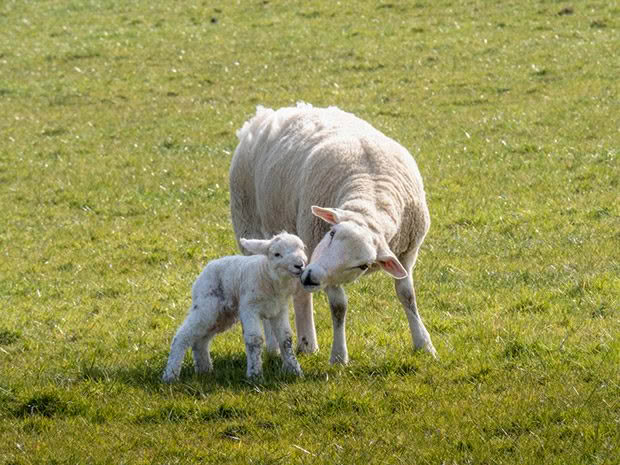
The classic latex gloves are the hallmark of any first aid kit. While you should always wash your hands before and after handling an animal (especially when bodily fluids are involved), latex gloves add an extra layer of protection. Some causes of abortion and premature birth in stock can affect humans too, so it’s crucial to protect yourself, especially if you have cuts on your hands.
MEDICAL GRADE DISINFECTANT OR ANTIBACTERIAL SOAP
Before putting your arm anywhere inside an animal, you’ll want to make sure you have scrubbed up well with hot water and soap. Prepare to go in up to the armpit.
LUBE
Putting your arm up a backside or two requires a serious amount of sterile lube – a 200ml tube of KY jelly won’t cut it. You need 5-10L worth. You can use it to lube up your arm and/or pump it straight into the animal to help a baby slip out when space is tight.
HEADLAMP
Many animals will give birth in the early hours of the morning. Get a good quality headlamp with a strong beam (and a supply of spare batteries), so you can see what you’re doing while having both hands free.
DRY TOWELS
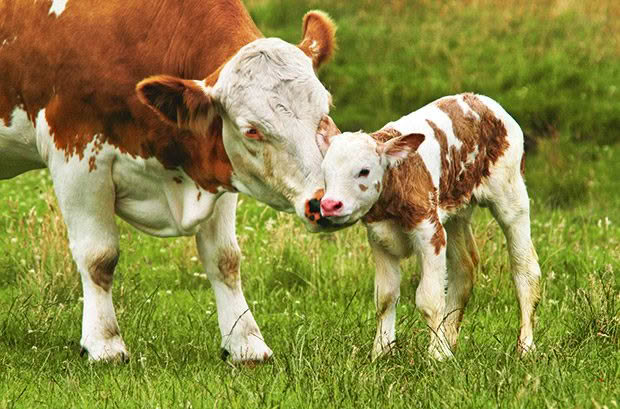
Even a good labour is very mucky. Towels on hand help you to clean yourself, mum, and babies.
I mostly use clean, dry towels to vigorously rub a baby immediately after birth. Often after a long and difficult birth, newborns are weak and sometimes oxygen-deprived. A vigorous rub with a towel can stimulate their breathing and brain function and help to dry them.
However, beware not to break the bond between a mother and newborn by interfering too much. Mothers will want to lick their babies clean to bond with and get to know them.
If the baby is fine, it’s usually best to leave mum to do the cleaning up.
BEARING HARNESS
If you have an overweight ewe carrying multiple lambs, her vagina may prolapse. Vets call this a ‘bearing’, where the vagina is outside the ewe’s body. If severe (the tissue has been outside for a while, is scabby or changing colour, or the ewe is acting unwell or won’t stand), then you need
a vet urgently.
But if it’s a small, simple prolapse and you know what to do, you can secure it with a bearing harness.
Before you do anything, wash your hands, clean the affected tissue, and apply some lube before using a harness. If the prolapse comes back out again, even with the harness, you will need a vet to stitch it in place.
It’s vital to closely monitor a ewe wearing a harness. As soon as you notice signs of labour, you’ll need to remove it so that the babies can come out.
BABY THERMOMETER
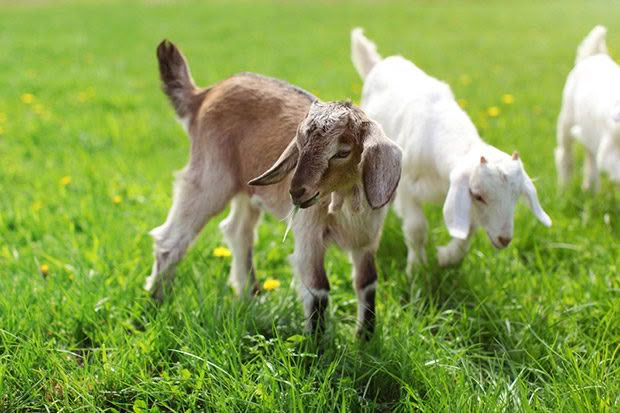
A rectal thermometer is crucial to monitor ice-cold little orphans that need warming.
Normal rectal temperatures:
• lamb or goat kid, 38.5-40°C;
• calf, 38-39°C.
Below these temperatures, they’re hypothermic.
THERMAL BLANKET + HOT WATER BOTTLES
When a lamb or goat kid’s temperature drops below 36°C, it’s not possible for them to warm up by themselves, even if they’re in a warm environment. You’ll need to actively warm them up, slowly. Hot water bottles (protected by towels to avoid scalding) and heaters to warm a room are helpful.
If you’re transporting an animal back to the house, wrap it in a thermal emergency blanket. You can also use one over a larger animal lying on the ground to help it conserve body heat.
COAT OR COVER
After suffering from hypothermia, a baby won’t have any protective brown fat reserves left, and it will freeze again if returned to the paddock. Once a cold lamb, kid, or calf is warm, drinking well, and acting normally, put a coat or cover on it. Leave it on for the first few weeks of life.
BOTTLES + TEATS
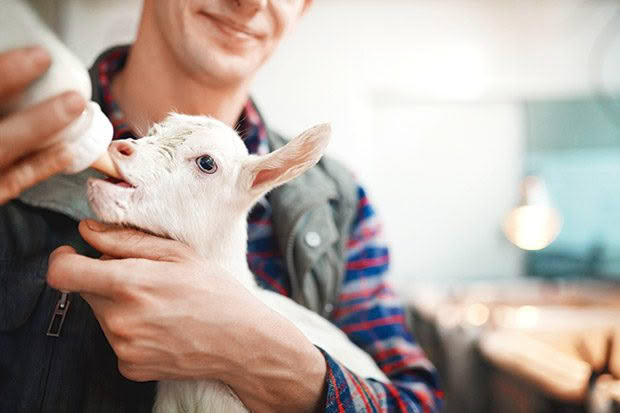
There are a couple of designs, including teats where you cut the end (although the milk flow from these can be a bit quick if cut too large). The alternative is an x-cut teat.
Some lambs find one design or the other easier when learning to drink from a bottle, so I carry both.
TUBE FEEDER
You may need a tube feeder to ensure a baby gets its first drink of colostrum if it’s weak and unable to suck. I always recommend offering a bottle first, as stomach tubing has risks. The tube may accidentally enter the wrong chamber of an animal’s stomach or its airway.
COLOSTRUM
A newborn should have its first drink of colostrum within two hours of being born.
If it’s not drinking, you’ll need to feed it. Eight hours after birth, colostrum’s immunity benefits drop dramatically; after 24 hours, no immunity is gained.
Have a good quality colostrum powder in the fridge. Other options are:
• milk some colostrum from the mother and feed it to the lamb in a bottle;
• milk colostrum from the first mothers of the season and freeze it for emergencies.
DEXTROSE POWDER
If you have an ice-cold baby or a newborn that’s looking dull, lethargic, and hasn’t had a drink in a few hours, rub dextrose powder on the gums. It’s a quick, safe way of getting sugar into the bloodstream urgently while you get them to the vet.
IODINE
All newborns should have their navel dipped in iodine to prevent infection from tracking inside the body. You can spray it on or fill a cup and dip the umbilical cord in it. Iodine is also handy for wounds as a general disinfectant.
ELECTROLYTES
Keep a few sachets of electrolytes on hand in case animals develop watery diarrhea. This isn’t a treatment for the cause of diarrhoea, but it will replace crucial electrolytes while you get treatment underway.
Always mix electrolytes to the correct concentration or it can cause diarrhoea. Most shouldn’t be mixed with milk (only water) and should be alternated with milk feeds. You need to ensure babies get their total milk ration to avoid starvation.
This means more feeds, more often during the day and night.
The general trauma kit

It’s always handy to have a trauma kit on hand year-round.
Things it should include:
• Sharp scissors.
• Melolin bandages of different sizes, Soffban padding, and Elastoplast vet bandages, if you’re comfortable bandaging wounds. Nappies, sanitary pads, and duct tape make excellent emergency bandages to protect an injury and prevent blood loss. Bandaging techniques change depending on the nature of the wound, so it’s vital to consult an animal health professional if it requires long-term bandaging.
• Bottle of saline water to flush any wounds before applying a bandage. To make your own, add 1 tsp of plain table salt to 600ml of boiled, cooled water.
• Iodine to spray on wounds as a general disinfectant.
Sarah’s tips
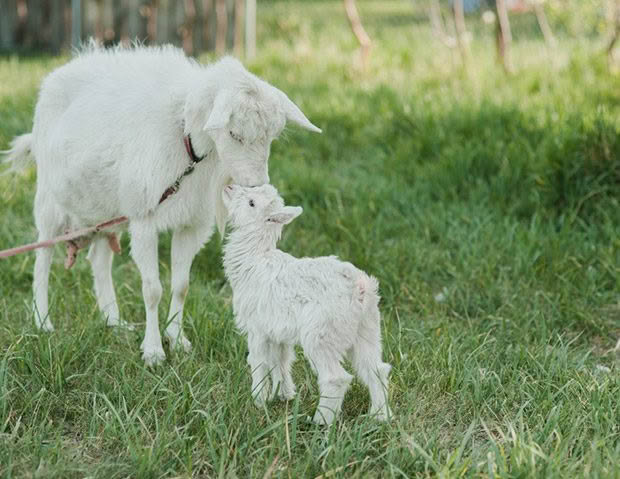
• Don’t forget to restock when you’ve used something.
• Keep everything in a bucket or bag so you’re not searching for it in an emergency.
Love this story? Subscribe now!
 This article first appeared in NZ Lifestyle Block Magazine.
This article first appeared in NZ Lifestyle Block Magazine.
